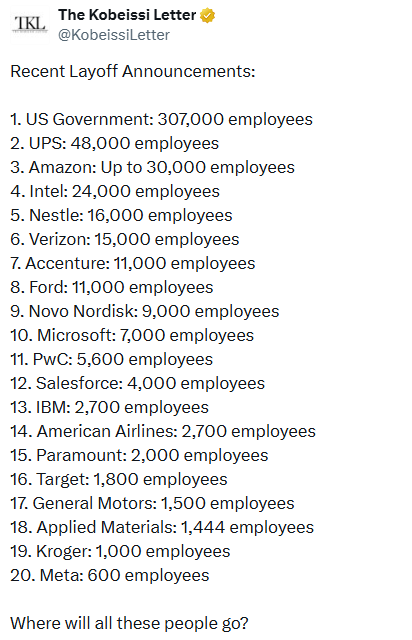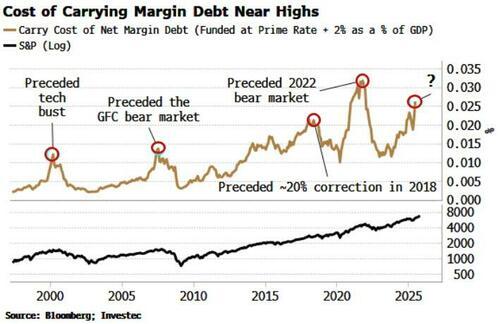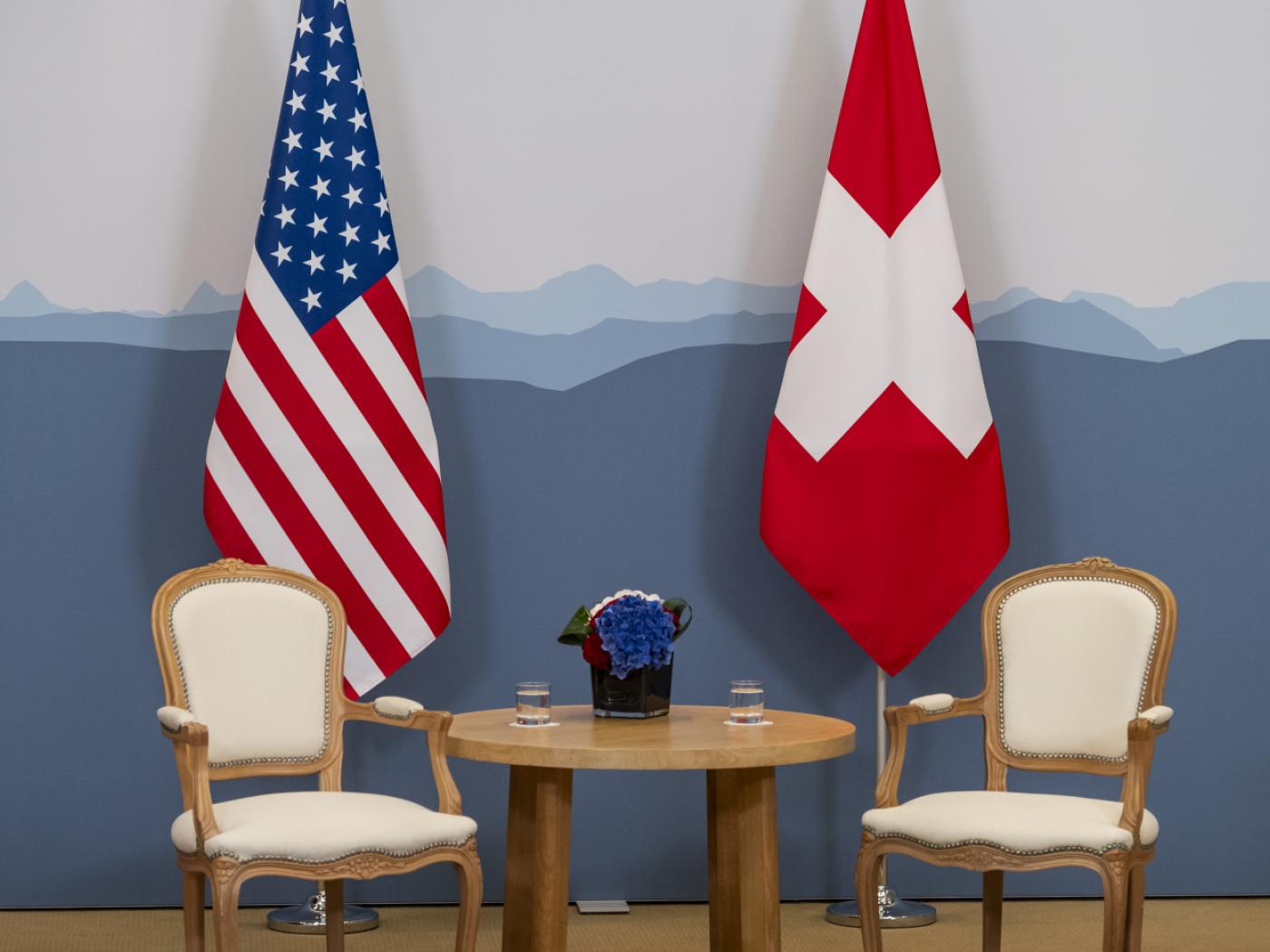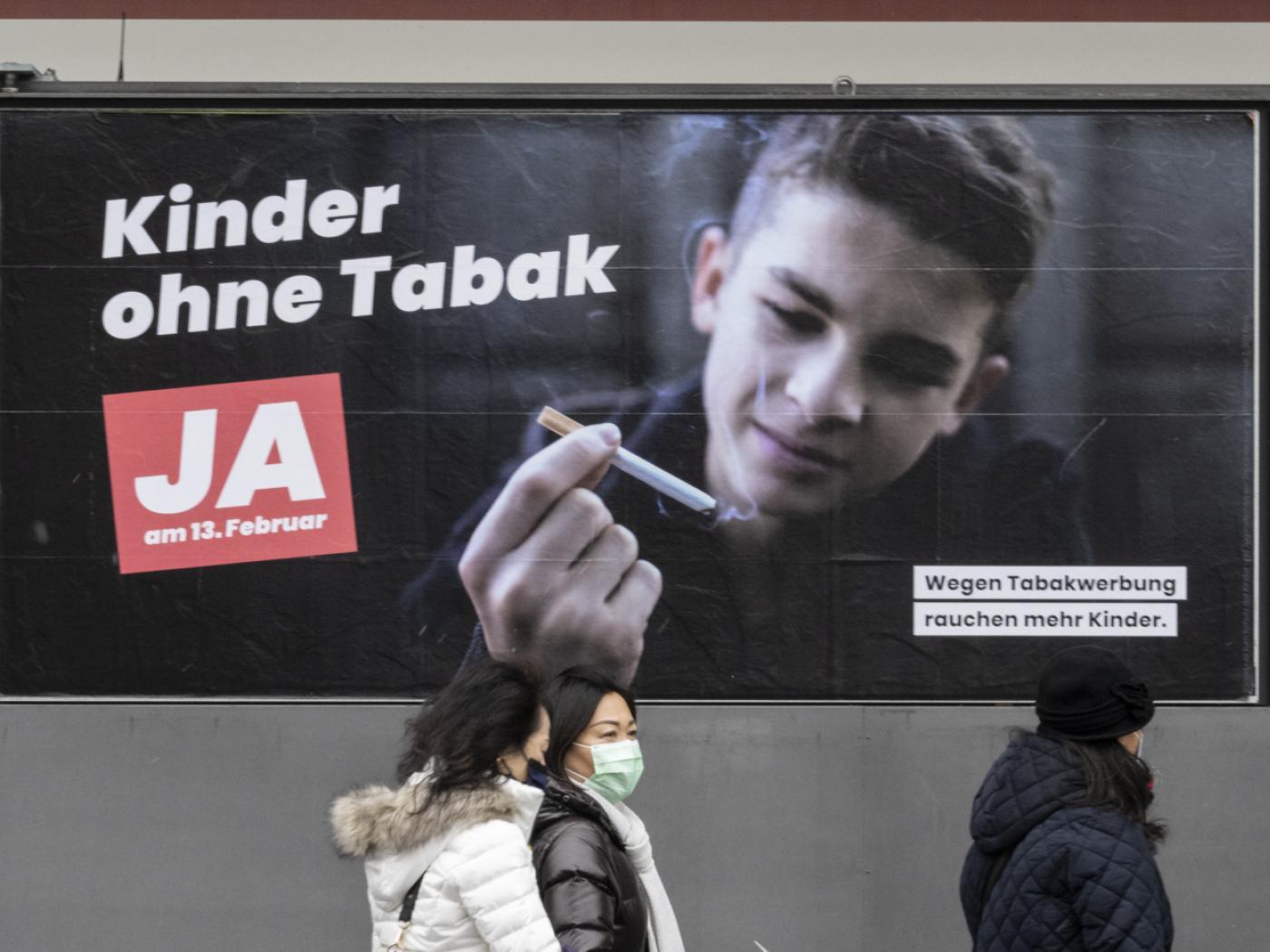- Negative news on the coronavirus has kept risk appetite subdued across the board; the dollar rally continues
- During the North American session, we will get some more clues to the state of the US economy; FOMC minutes were largely as expected
- UK January retail sales came in firm; ECB releases the account of its January 23 meeting
- Australia reported firm January jobs data; China commercial banks cut lending rates; Indonesia cut rates 25 bp to 4.75%, as expected
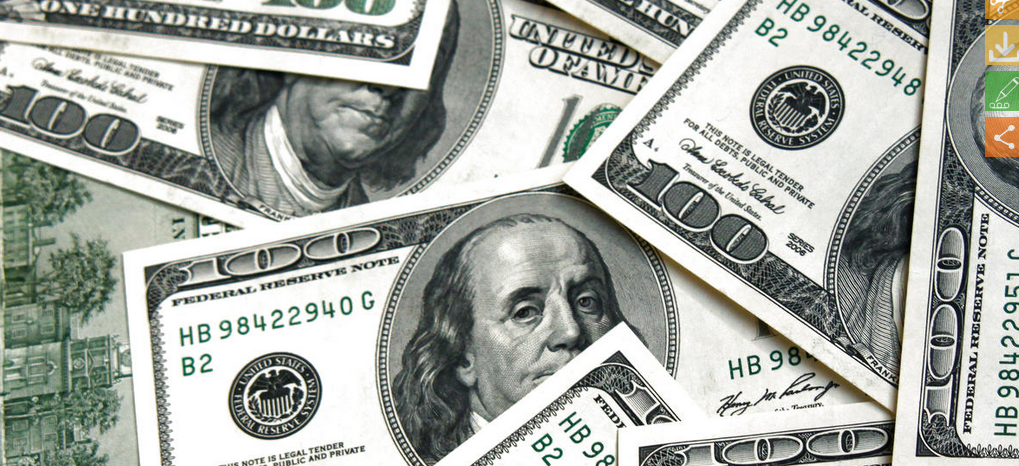 The dollar is broadly firmer against the majors as risk-off sentiment picks up again. Swissie and euro are outperforming, while yen and the Antipodeans are underperforming. EM currencies are broadly weaker. PHP and INR are outperforming, while THB and KRW are underperforming. MSCI Asia Pacific was down 0.6% on the day, with the Nikkei rising 0.3%. MSCI EM is down 0.4% so far today, with the Shanghai Composite rising 1.8%. Euro Stoxx 600 is down 0.3% near midday, while US futures are pointing to a lower open. 10-year UST yields are down 2 bp at 1.54%, while the 3-month to 10-year spread is down 2 bp to stand at -2 bp. Commodity prices are mostly lower, with Brent oil down 0.2%, copper down 0.4%, and gold up 0.1%.
The dollar is broadly firmer against the majors as risk-off sentiment picks up again. Swissie and euro are outperforming, while yen and the Antipodeans are underperforming. EM currencies are broadly weaker. PHP and INR are outperforming, while THB and KRW are underperforming. MSCI Asia Pacific was down 0.6% on the day, with the Nikkei rising 0.3%. MSCI EM is down 0.4% so far today, with the Shanghai Composite rising 1.8%. Euro Stoxx 600 is down 0.3% near midday, while US futures are pointing to a lower open. 10-year UST yields are down 2 bp at 1.54%, while the 3-month to 10-year spread is down 2 bp to stand at -2 bp. Commodity prices are mostly lower, with Brent oil down 0.2%, copper down 0.4%, and gold up 0.1%.
Negative news on the coronavirus has kept risk appetite subdued across the board. Developments include an uptick in coronavirus cases in South Korea (82 now as well as the first confirmed death) along with two reported deaths in Japan. Indeed, the account given by a Japanese infectious disease specialist about conditions aboard the Diamond Princess Cases was harrowing and suggests things will get worse in Japan. Cases recorded in Hubei declined sharply, but this was due to another methodology change.
The dollar rally continues. DXY traded at a new cycle high today near 99.871 as it broke above the October 1 high near 99.667. It is now testing the May 2017 high near 99.888. After that, there really aren’t any major chart points until the April 2017 high near 101.34. The euro remains heavy at lows near $1.0780. USD/JPY continues to power ahead, trading with a 112 handle for the first time since April as it tests the April 2019 high near 112.40. Break above would set up a test of the December 2018 high near 113.70.
AMERICAS
During the North American session, we will get some more clues to the state of the US economy. The Philly Fed survey will be reported and it is expected at 11.0 vs. 17.0 in January. On Tuesday, the Empire reading came in at 12.9 vs. 5.0 expected and 4.8 in January, with new orders and shipments improving sharply. Weekly jobless claims will be reported (210k expected) for the BLS survey week containing the 12th of the month. January leading index will also be reported.
FOMC minutes were largely as expected. Officials acknowledged that the coronavirus was a risk that warrants close scrutiny but added that the current policy stance remains “appropriate for a time.” Indeed, some officials favors a temporary asymmetric inflation target range with 2% at the lower end, which would imply letting inflation run hot for some time before tightening. The Fed also confirmed that it plans to start tapering its T-bill purchases in Q2. Barkin speaks today.
The attacks on Michael Bloomberg during yesterday’s Democratic debate seemed to have worked, at least from the perspective of predictive markets. The odds of him winning the nomination continued to decline, now at 20% from a high of 33% last week. Bloomberg was attacked on his comments against women and his taxpaying record and his responses fell flat, if the live audience reaction was any indication. Sanders now commands odds of 53%, but it is still early days. The Nevada caucus will be held this Saturday, but Super Tuesday on March 3 will likely be a make or break moment for many of the candidates.
The Brazilian central bank just cut its reserve requirement rate from 31% to 25%. The move is expected to free up nearly R$50 bln ($12 bln) and help reduce costs to the financial system. This is part of the BCB’s long-term objective to reduce the rate, taking advantage of the subdued inflation outlook. The last move was in mid-June, when it cut the RRR by 2 percentage points. The move can be seen as backdoor easing, as further cuts in the SELIC rate would likely weigh on the beleaguered real.
EUROPE/MIDDLE EAST/AFRICA
UK January retail sales came in firm. Headline sales rose 0.9% m/m vs. 0.7% expected, while December was revised up a tick to -0.5% m/m. The readings suggest a healthy consumer confidence boost from the elections and the ongoing string of stronger data supports our case for no cuts by the BOE this year. Yet markets still see an 80% chance (according to the Bloomberg model). Sterling remains heavy due to the broad-based dollar rally. Cable is trading at its lowest level since November 27 and is on track to test that month’s lows near $1.2825 and then $1.2770.
The ECB releases the account of its January 23 meeting. Nothing changed at that meeting, but markets hope to get some more insight about the ongoing policy review. The Fed began worrying about the coronavirus at its meeting January 29, so it will be interesting to see if the ECB also did since Germany and other nations are seen as very vulnerable to the China slowdown. For now, markets see the ECB on hold for the foreseeable future. WIRP suggests less than 5% odds of a cut at the next policy meeting March 12.
ASIA
Australia reported firm January jobs data. Total employment rose 13.5k vs. 10k expected and a revised 28.7k (was 28.9k in December). The breakdown was solid, with 46.2k full-time jobs offset by -32.7k part-time jobs. The unemployment rate rose a couple of ticks to 5.3%, while the participation rate rose a tick to 66.1%. AUD still fell to an 11-year low near .6620, as risk-off sentiment overpowered the jobs data. There really aren’t any major chart points until the February 2009 low near .6250.
China commercial banks cut rates overnight, passing on the PBOC’s monetary support to counter the virus shock. This time around, the 1-year Prime Rate was cut by 10 bp to 4.05% and the 5-year rate was cut by 5 bp to 4.75%. The smaller cut for longer rates is consistent with the PBOC’s focus on providing liquidity support in the short-term to get over the worse, but also with the view that economic impact of the virus will be temporary. This seems to us like the appropriate balance: use monetary policy for liquidity and use fiscal spending (whenever they can implement it) for economic recovery. Relying too much on the former would be detrimental to China’s long-term goal of unwinding the credit dislocations throughout the financial system.
Bank Indonesia cut rates 25 bp to 4.75%, as expected. This is just another case of a central bank whose decision to ease was made easy by impact of the virus, especially through the trade and tourism channels from China. Note, however, that Indonesia is not particularly exposed to China, at least not as much as the EM Asian economies that are deeply integrated in the global supply chain. Officials trimmed their growth forecast and have expressed concern about the impact on government revenue. This might be the end of the adjustment in rates, since further cuts could weigh on the rupiah and make it harder to support the currency, which central bank has been trying to do. The rupiah is down 0.5% on the day, roughly in line with the moves in the region, but it’s outperforming most EM currencies year to date (+0.7%).
Full story here Are you the author? Previous post See more for Next postTags: Articles,Daily News,newsletter























